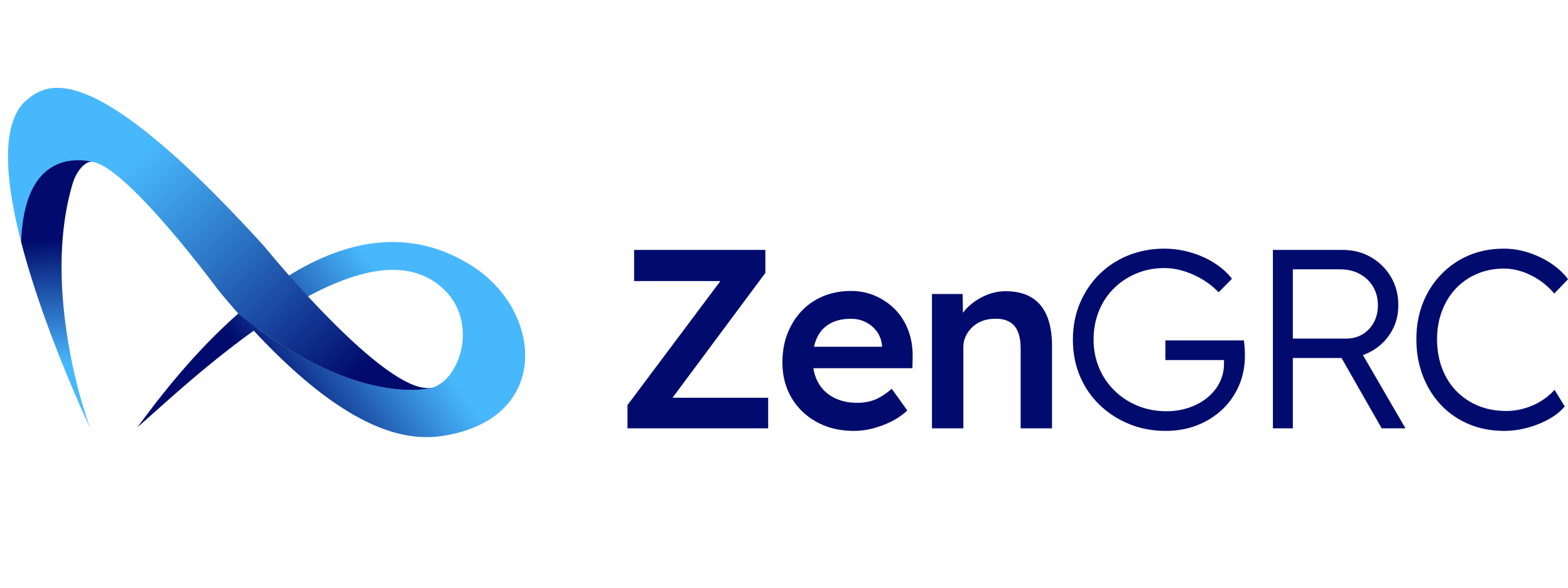
While personal New Year’s resolutions often fade by February, your organization’s GRC resolutions can’t afford to falter. The stakes are too high in an environment of evolving regulations, emerging cyber threats, data breaches, and increasing stakeholder expectations. Companies that fail to adapt their GRC programs face not just compliance risks, but potential damage to their reputation, operations, and bottom line.
As we look ahead to 2025, successful organizations will focus on transforming their GRC programs to meet these challenges head-on. This means moving beyond traditional approaches to embrace more dynamic, integrated strategies. From improving risk assessments to investing in automation, these resolutions outline the key areas where organizations should focus their efforts to build stronger, more resilient GRC programs in the year ahead. Is your organization prepared to meet the challenges of the new year with a transformed GRC program?
Improve Risk Assessments
Annual risk assessments no longer provide adequate protection in a world where threats evolve daily. Point-in-time evaluations quickly become outdated, leaving organizations vulnerable to emerging risks and missed opportunities. Moving to continuous risk monitoring isn’t just about frequency—it’s about fundamentally changing how organizations identify, evaluate, and respond to risks in real time.
Modern risk assessment programs require both operational and technological transformation. Organizations should first identify their critical assets and processes, then implement continuous monitoring capabilities that provide real-time visibility. A unified platform that centralizes risk data, automates assessments, and provides real-time dashboards enables teams to spot and respond to emerging threats before they impact business operations.
This shift demands a clear framework for evaluating and prioritizing risks. Leading organizations are implementing risk quantification methodologies that translate technical and qualitative risks into measurable business impacts, making it easier to communicate impact and justify investment. When combined with automated data collection and analysis, this approach enables faster, more confident decision-making across the organization.
Invest in Automation
Manual GRC processes drain resources and increases the risk of errors. Spreadsheets and email chains can’t keep pace with today’s compliance requirements, audit demands, and reporting needs. Forward-thinking organizations are moving beyond basic task automation to create integrated ecosystems that enhance visibility and control.
The key to successful automation lies in strategic implementation. Start by identifying processes that are repeatable, time-intensive, and prone to human error. Control testing, evidence collection, and compliance reporting often provide immediate returns on automation investment. A centralized platform can transform these routine tasks into streamlined workflows while maintaining a clear audit trail.
Beyond efficiency gains, automation enables more strategic GRC management. Real-time dashboards and automated analytics help teams spot trends, identify gaps, and make data-driven decisions. This proactive approach not only saves time but strengthens your overall risk and compliance posture through consistent execution and comprehensive documentation.
Enhance Data Privacy Practices
Privacy regulations continue to multiply and evolve, with new requirements emerging at both national and state levels. Organizations face increasing pressure to protect sensitive data while maintaining operational efficiency. Those relying on manual tracking and siloed privacy management approaches risk costly compliance gaps and lost customer trust.
A strong privacy program starts with comprehensive data visibility. Organizations need a clear understanding of what sensitive data they collect, where it resides, and how it flows through their systems and third-party relationships. Structured data management processes and centralized documentation create a foundation for sustainable privacy management.
Success requires moving beyond checkbox compliance to establish privacy as a business enabler. Organizations should implement scalable processes for managing privacy requirements, supported by automated workflows and clear reporting structures. This integrated approach not only strengthens compliance but positions privacy as a competitive advantage in building customer trust.
Adopt a Proactive Compliance Strategy
Waiting until regulatory deadlines force action is a costly and dangerous approach to compliance. Organizations that scramble to meet last-minute requirements face higher implementation costs, increased risk of violations, and strain on their teams. This reactive cycle leads to increased costs, potential violations, and missed opportunities to build competitive advantages.
Breaking free from reactive compliance requires a strategic shift in approach. Organizations need to establish strong regulatory intelligence capabilities to monitor and anticipate changes across their compliance landscape. By building modular compliance frameworks that can adapt quickly to new requirements, teams can respond to changes without completely restructuring their programs.
The most successful organizations leverage technology to transform compliance from a burden into a business advantage. Automated control monitoring, real-time compliance dashboards, and integrated evidence collection create a foundation for continuous compliance. This proactive stance helps organizations stay ahead of regulatory changes while reducing the cost and complexity of compliance management.
Transform Your GRC Program
While these resolutions chart a clear path forward, implementing comprehensive changes across risk, privacy, compliance, and automation initiatives presents significant challenges. Organizations often struggle with resource constraints, technical complexity, and the need to maintain business operations while modernizing their GRC programs.
ZenGRC transforms these challenges into manageable initiatives through its unified approach to GRC management. The platform provides real-time risk monitoring, automated compliance workflows, and integrated reporting—essential capabilities for modern GRC programs. Modernizing your GRC program can be challenging, but with the right tools and strategy, it becomes manageable and efficient. Through its comprehensive dashboard, organizations can efficiently track metrics, manage requirements, and maintain program effectiveness with confidence.
Ready to transform your GRC program for 2025? Learn how ZenGRC can help you implement these resolutions and build a more resilient GRC program. Request a demo today to see our comprehensive GRC platform in action.
